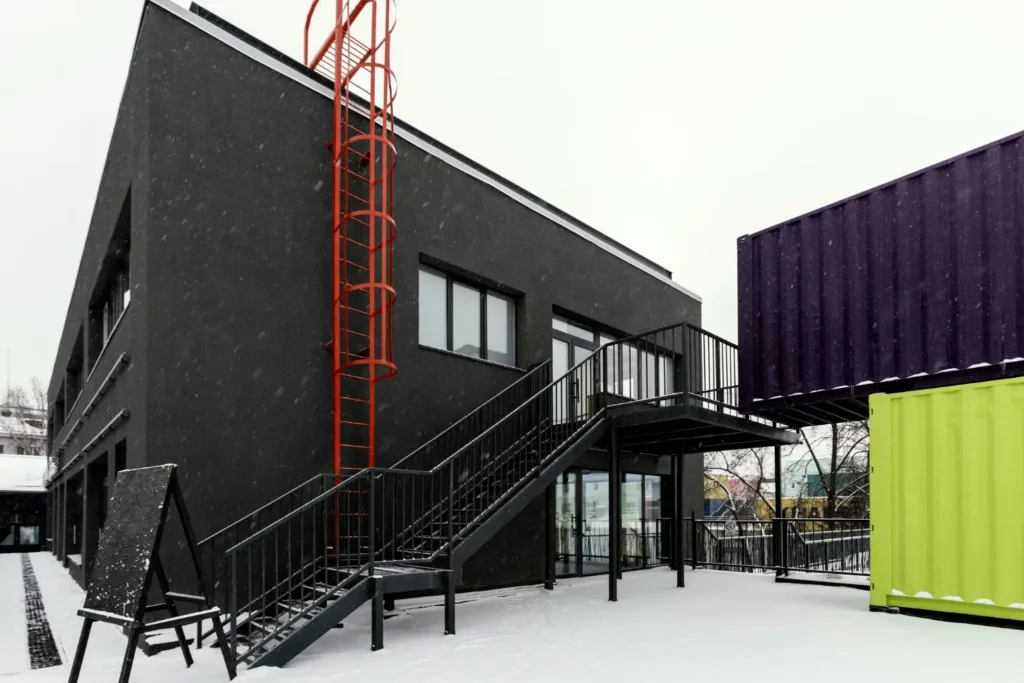Steel Erection for Commercial vs. Residential Buildings: Key Differences and Considerations
Steel erection plays a crucial role in the construction industry, providing the backbone for both commercial and residential structures. While the fundamental principles of steel erection remain consistent, the requirements and techniques can vary significantly between commercial and residential projects. Understanding these differences is essential for engineers, contractors, and stakeholders involved in the construction process.

Structural Design and Load Requirements
One of the most notable differences between commercial and residential steel erection is the structural design and load requirements. Commercial buildings, such as office towers and shopping malls, are designed to accommodate higher loads and more complex architectural designs. These structures often require larger and more robust steel components to support the weight of multiple floors, heavy equipment, and large crowds (American Institute of Steel Construction [AISC], 2020).
In contrast, residential buildings, including single-family homes and apartment complexes, typically involve smaller steel sections. The load requirements are generally lower, focusing more on the stability and safety of living spaces rather than accommodating heavy machinery or large gatherings. This difference influences the selection of steel materials, connection methods, and overall design approach (National Association of Home Builders [NAHB], 2019).
Erection Techniques and Equipment
Safety is a paramount concern in both commercial and residential steel erection, but the specific regulations and safety measures can vary. Commercial projects are typically subject to more stringent safety regulations due to the larger scale and higher risks associated with these structures. Workers on commercial sites are often required to follow detailed safety protocols, use personal protective equipment (PPE), and undergo rigorous training (Occupational Safety and Health Administration [OSHA], 2020).
In residential steel erection, while safety remains a priority, the risks are generally lower, leading to slightly different regulatory requirements. Residential construction workers must still adhere to OSHA standards, but the simpler nature of the projects often means fewer hazards and a reduced need for extensive safety measures (OSHA, 2020).
Cost and Time Considerations
The cost and time required for steel erection also vary between commercial and residential projects. Commercial steel erection is typically more expensive and time-consuming due to the complexity and scale of the structures. The need for specialized equipment, skilled labor, and detailed planning further adds to the costs and duration of these projects (AISC, 2020).
Conversely, residential steel erection is usually quicker and more cost-effective. The smaller size of the projects, combined with the use of lighter steel components and simpler erection techniques, contributes to reduced labor and equipment costs. This efficiency makes steel an increasingly popular choice for residential construction, especially in areas prone to natural disasters where the strength and durability of steel offer significant advantages (NAHB, 2019).
Conclusion
Steel erection is a critical component of both commercial and residential construction, but the approaches and requirements differ substantially. Commercial projects demand more robust materials, advanced techniques, stringent safety protocols, and higher costs. Residential projects, while simpler and less costly, still benefit from the strength and reliability of steel. Understanding these differences is essential for successful project execution, ensuring that both types of structures meet their unique demands and regulatory standards.
References
- American Institute of Steel Construction. (2020). Steel construction manual (15th ed.). AISC.
- Katz, B. (2021). Modern steel construction: Techniques and technologies. Construction Press.
- National Association of Home Builders. (2019). Steel framing in residential construction. NAHB.
- Occupational Safety and Health Administration. (2020). Safety and health regulations for construction. OSHA.
